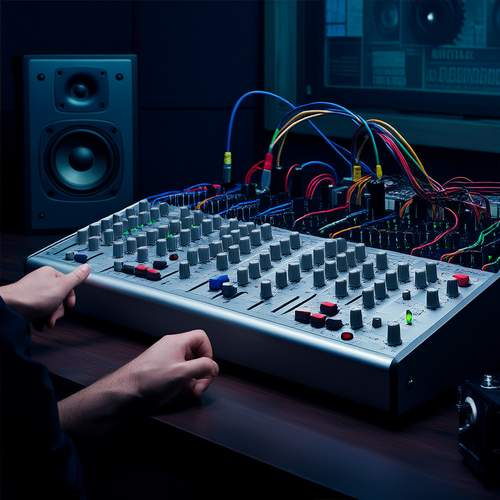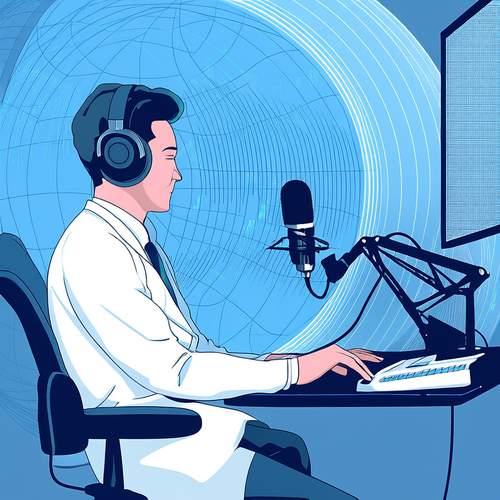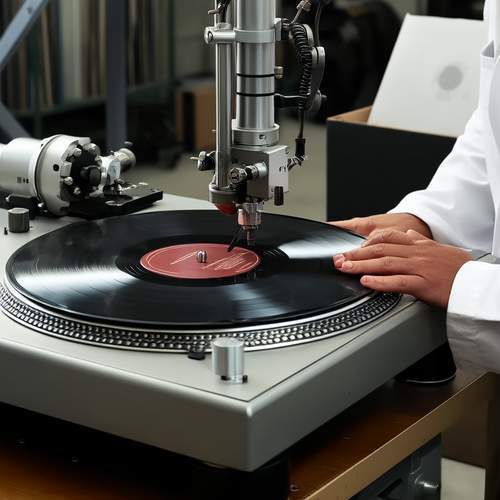The concept of minimalism has evolved beyond mere aesthetic preferences, becoming a transformative lifestyle movement. At its core, minimalism is about stripping away the unnecessary to focus on what truly matters. This philosophy has permeated various aspects of modern life, from architecture and design to personal habits and digital interactions. The current phase of minimalism, however, delves deeper into intentionality, urging individuals to question not just what they own, but why they own it.
In recent years, the minimalist movement has shifted from a trend to a cultural reset. The early stages were dominated by decluttering and the glorification of empty spaces. Today, it’s less about the absence of things and more about the presence of meaning. People are no longer satisfied with simply owning fewer items; they seek purpose in every possession, relationship, and commitment. This phase of minimalism is characterized by a heightened awareness of consumption patterns and their broader societal implications.
The digital realm has played a pivotal role in shaping this new wave of minimalism. As our lives become increasingly intertwined with technology, the need for digital minimalism has surged. The constant barrage of notifications, emails, and social media updates has led many to reevaluate their online habits. Digital minimalism isn’t about abandoning technology but about using it with intention. Tools like screen-time trackers and app limiters are gaining popularity as people strive to reclaim their attention and reduce digital noise.
Another significant shift in this phase is the emphasis on sustainability. Minimalism and environmental consciousness are now deeply interconnected. The throwaway culture of the past is being replaced by a mindset that values quality over quantity. Consumers are opting for durable, multifunctional items that stand the test of time, reducing waste and promoting ethical production practices. This alignment between minimalism and sustainability reflects a growing recognition that less can indeed be more—for both individuals and the planet.
The psychological benefits of minimalism are also coming to the forefront. Studies have shown that clutter, whether physical or mental, can contribute to stress and anxiety. By simplifying their surroundings, many people report improved focus, increased creativity, and a greater sense of calm. This phase of minimalism acknowledges the profound impact our environments have on our mental well-being, encouraging practices like mindful consumption and regular detoxes from excess.
Minimalism is no longer confined to personal spaces; it’s influencing broader societal structures. Companies are adopting minimalist principles in their branding and product designs, recognizing the appeal of simplicity in an overcrowded market. Urban planners are incorporating minimalist ideas into cityscapes, prioritizing functionality and open spaces. Even the fashion industry, long associated with excess, is seeing a rise in capsule wardrobes and timeless pieces that defy seasonal trends.
Despite its growing popularity, minimalism is not without its critics. Some argue that it’s a privilege accessible only to those who can afford to choose less. Others see it as a superficial solution to deeper systemic issues. However, proponents counter that minimalism, in its current phase, is inherently adaptable. It’s not about adhering to strict rules but about finding a balance that works for the individual. The goal is not deprivation but liberation—from unnecessary burdens, distractions, and societal pressures.
Looking ahead, the trajectory of minimalism suggests a continued evolution. As global challenges like climate change and economic instability persist, the principles of minimalism may become even more relevant. The next phase could see a stronger focus on community and shared resources, aligning with the idea that collective simplicity can lead to greater resilience. Whatever form it takes, minimalism’s enduring appeal lies in its promise of a more intentional, meaningful way of living.

By /May 30, 2025

By /May 30, 2025

By /May 30, 2025

By /May 30, 2025

By /May 30, 2025

By /May 30, 2025

By /May 30, 2025

By /May 30, 2025

By /May 30, 2025

By /May 30, 2025

By /May 30, 2025

By /May 30, 2025

By /May 30, 2025

By /May 30, 2025

By /May 30, 2025

By /May 30, 2025

By /May 30, 2025

By /May 30, 2025

By /May 30, 2025

By /May 30, 2025